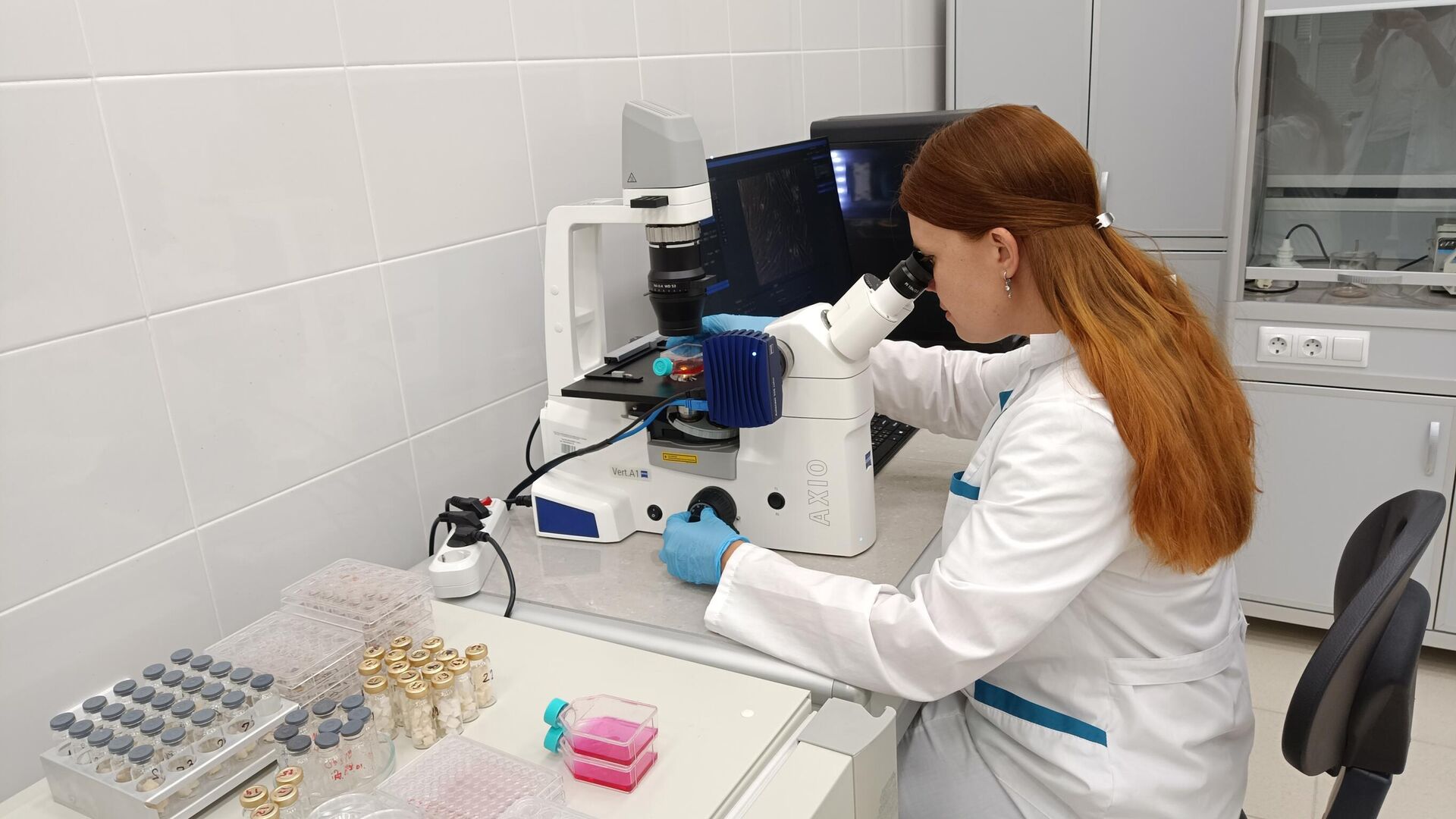
MOSCOW, December 5 NCFU scientists have developed an inexpensive technology for producing universal biocompatible matrices with a unique level of moisture capacity, which allows bone and soft tissue cells to multiply. According to the authors, the development can be used in cell technologies, tissue engineering and surgery. The results of the study were published in the International Journal of Biological Macromolecules.
Today, one of the most pressing problems in medicine is the restoration of organs and tissues damaged as a result of injuries or pathologies, note scientists from the North Caucasus Federal University (NCFU). According to them, researchers around the world are creating new materials and technologies for constructing biocompatible matrices for treating patients. The materials used for these tasks must be safe and have a high level of biocompatibility, which is due to constant contact with living cells.
For their research, NCFU scientists chose bacterial cellulose, which, due to its unique physical and chemical properties, is a partially biodegradable substance and retains its basic structure, while possessing a high level of biocompatibility.
“
"We have developed a simple and effective technology obtaining matrices based on bacterial cellulose modified with gelatin. It includes all stages, starting with the cultivation of the producer, purification of cellulose, its modification and ending with the construction of matrices,” said Igor Rzhepakovsky, leading researcher at the medical and biological faculty of NCFU.
According to him, in addition to biocompatibility, such matrices must have a high level of moisture capacity and porosity with a predominance of open pores. The scientific team managed to solve this problem.
“The resulting biocompatible matrices acquired unique properties: a high level of moisture capacity (more than 5000%) and a pore size that allows cells of both soft tissue and bone tissue to multiply and differentiate. It is important to note that the products of gelatin hydrolysis stimulate the development of blood vessels in tissue regenerates, which also leads to their accelerated recovery,” explained Rzhepakovsky.
The developed matrices can be used in cellular technologies, tissue engineering and surgery in the future. However, before implementation in medical practice, scientists will have to scale up the technologies, preclinical and clinical studies.
According to the authors, the development can be used in growing bacterial cellulose producers, in its purification and in the design of matrices based on it.
< br />During the scientific work, light and electron microscopy, spectrophotometry, infrared spectroscopy, X-ray diffraction analysis and X-ray microtomography were used. To study safety and biocompatibility, cellular technologies were used and experiments were conducted on laboratory animals.
In the future, scientists plan to study the possibilities of using the obtained material for the targeted restoration of various tissues.
The study was carried out with financial support support of the Russian Science Foundation and within the framework of the strategic project of NCFU under the «Priority-2030» program of the national project «Science and Universities».







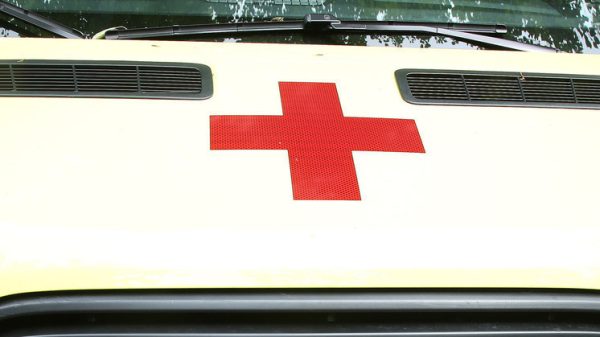

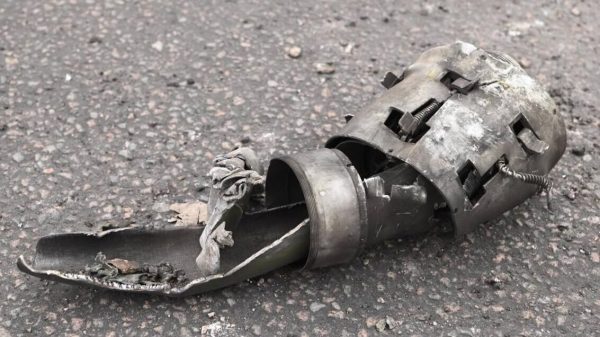
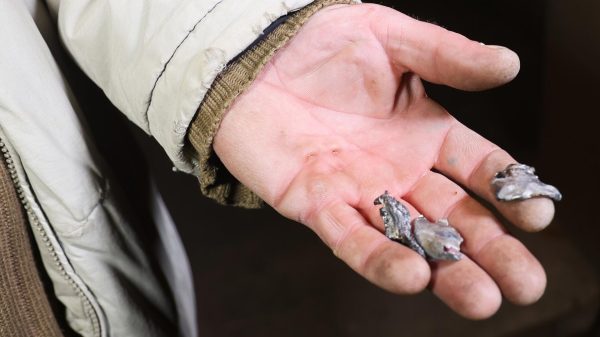










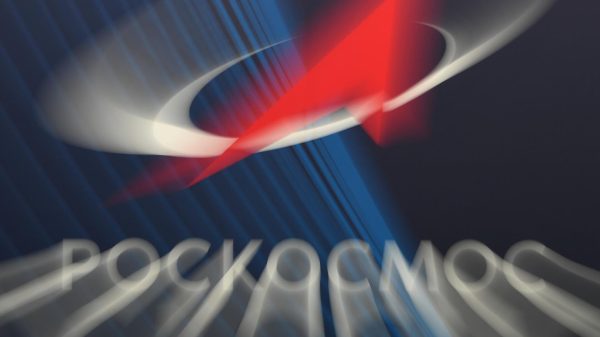


















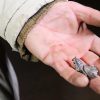















Свежие комментарии